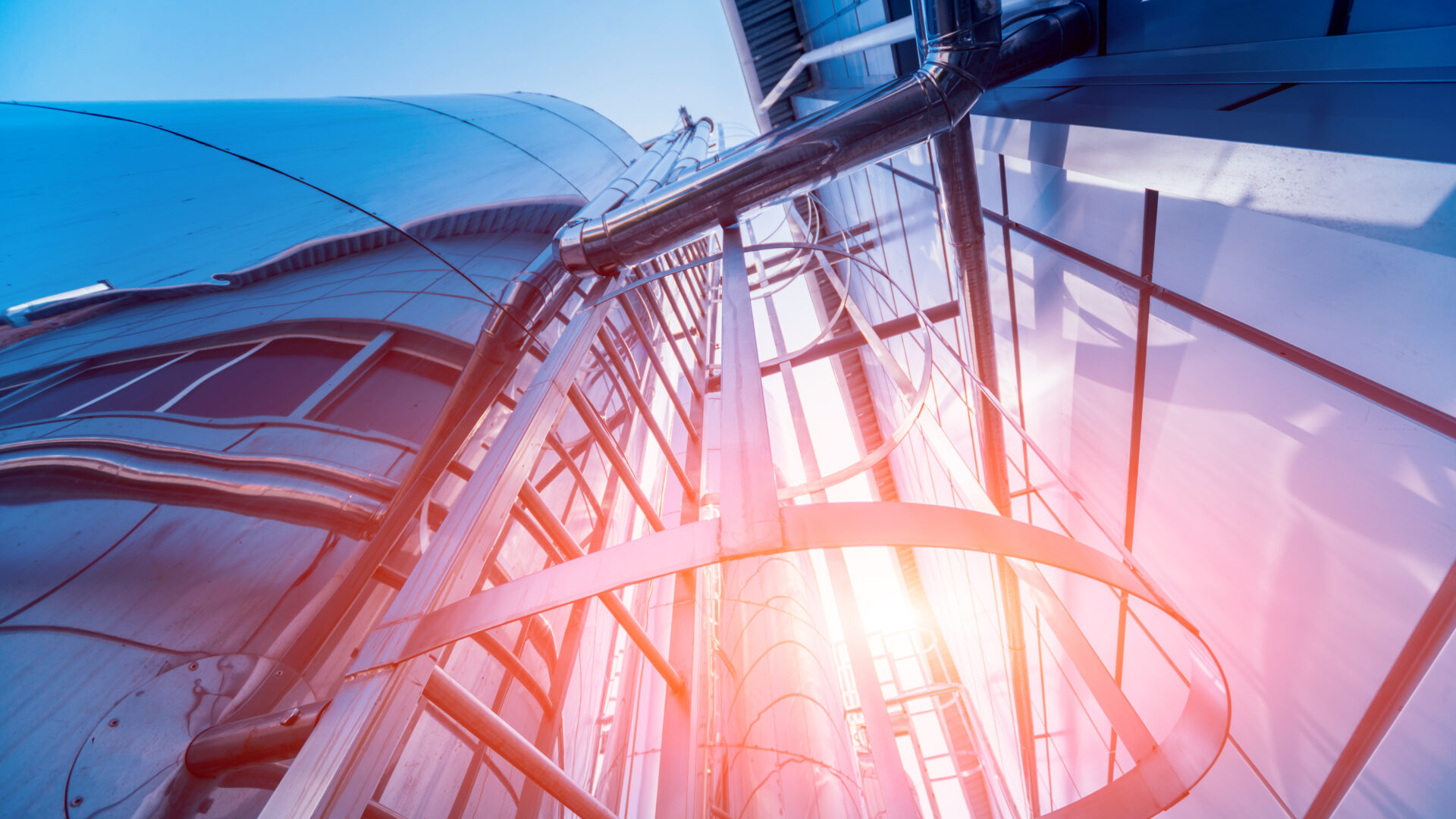How the Middle East momentum in carbon capture and storage depends on what lies beneath the surface — and on getting integrity right across the entire carbon management value chain.
The race to store carbon safely
Carbon Capture and Storage (CCS) is moving rapidly from pilot projects to commercial deployment. Globally, 77 CCS facilities are now in operation — up from 50 just a year ago, according to the Global Status of CCS 2025.
This growth is mirrored in the Middle East and Africa, where strong government backing and public–private investment is turning strategies into projects. The region now counts three operational facilities and five more under construction, signalling real progress beyond policy commitments.
Within the Gulf Cooperation Council (GCC), momentum is accelerating. Saudi Arabia and Oman are advancing plans for large-scale CCS hubs, while the UAE is consolidating its position as a regional frontrunner with certified CO₂ storage sites and new infrastructure in development. The flagship Jubail CCS Hub in Saudi Arabia, designed to capture and store up to nine million tonnes of CO₂ annually by 2028, illustrates just how quickly ambition across the region is turning into tangible capacity.
But the scale of ambition brings an equally significant challenge: ensuring that every tonne of CO₂ captured today stays securely stored tomorrow. Building confidence in CCS is not only about meeting capture targets; it’s about proving that the subsurface is sound, the CO₂ infrastructure is reliable, and legacy wells won’t compromise safety.
Subsurface first: where confidence begins
Every CCS project ultimately stands or falls on its geology. The CO₂ storage reservoir — the hidden architecture of pores, pressures, and seals—determines not only the project’s safety, but also its economics.
“Understanding the subsurface is the foundation of trust in CCS,” says Ole B Rygg, MD Wells at ABL Group, who has supported operators globally in evaluating geological CO₂ storage potential. “You need to know how the rock behaves, how pressure will build, and whether the seal will hold. Everything else — cost, containment, long-term monitoring — flows from that.”
“Our work typically starts with screening, static and dynamic modelling, and risk assessments to identify and rank potential storage formations. The focus is on injectivity, caprock integrity, and structural containment — factors that determine both performance and predictability.
A misjudged reservoir can lead to over-engineering, unexpected monitoring costs, or worse — a site that doesn’t hold CO₂ as expected. For a developing CCS market like the Middle East, managing uncertainty and preventing unexpected outcomes are vital to sustaining stakeholder confidence and momentum.”
The integrity equation: new challenges in old fields
Across the GCC, many proposed CO₂ storage sites are depleted oil and gas fields. This is a natural choice given the region’s proven seals and existing infrastructure.
Legacy wells, some drilled decades ago, can, however, act as potential leakage pathways if they weren’t designed with CO₂ in mind. Cement degradation, corroded casing, or incomplete abandonment records are just some of the issues that can undermine containment.
AGR’s well engineering and well integrity teams bring long experience from both production and decommissioning projects to tackle this. Their work often begins with mapping every existing well in a candidate storage field, reviewing historical data, and assessing structural integrity.
“When CO₂ is injected, conditions change,” explains Rygg. “We look at temperature, pressure, and chemical reactivity to ensure barriers will hold. The cost of fixing a problem later can be ten times higher than preventing it at the design stage.”
Connecting technology, regulation and best practice
Safe storage depends not only on geology and wells, but also on the integrity of the infrastructure that connects capture sites to storage formations — pipelines, compression systems, and monitoring networks that must be engineered and operated with the same rigour as the subsurface.
In the GCC, these technical foundations are being matched by emerging policy and regulatory frameworks. The UAE and Oman are drafting guidelines for CO₂ transport and cross-border collaboration, while Saudi Arabia’s hub model is shaping standards for shared infrastructure and long-term liability. Yet technology and regulation alone are not enough. The real challenge lies in aligning them — ensuring that what is technically achievable is also legally permissible, financially viable, and publicly trusted.
That alignment is where best practice comes in. Operators need clear MRV (Measurement, Reporting, and Verification) systems, transparent risk management plans, and credible safety cases to demonstrate permanent storage. They also need early integration between engineering, geoscience, and design teams to avoid costly redesigns later in the project.
“Our role in this landscape is to bridge those worlds,” says Ole B Rygg. “By combining technical due diligence with geological, drilling, facilities insight and risk assessment, we help clients design CCS projects that meet both engineering standards and policy expectations — building the confidence investors, developers, and the public need to move from concept to reality.”
A trusted partner in the transition
As the CCS landscape expands, so does the need for technical assurance. Governments, investors, and industrial emitters need independent specialists who can translate ambition into reliable execution.
AGR’s CO₂ transport and storage consultancy connects these dots. The company helps operators and governments link subsurface evaluations with operational risk management, carbon transport design and engineering — creating a joined-up picture of integrity across the carbon management value chain.
This integrated approach not only reduces technical risk but also helps accelerate project sanctioning, a critical factor for Middle East region seeking to meet their 2050 net-zero goals.



